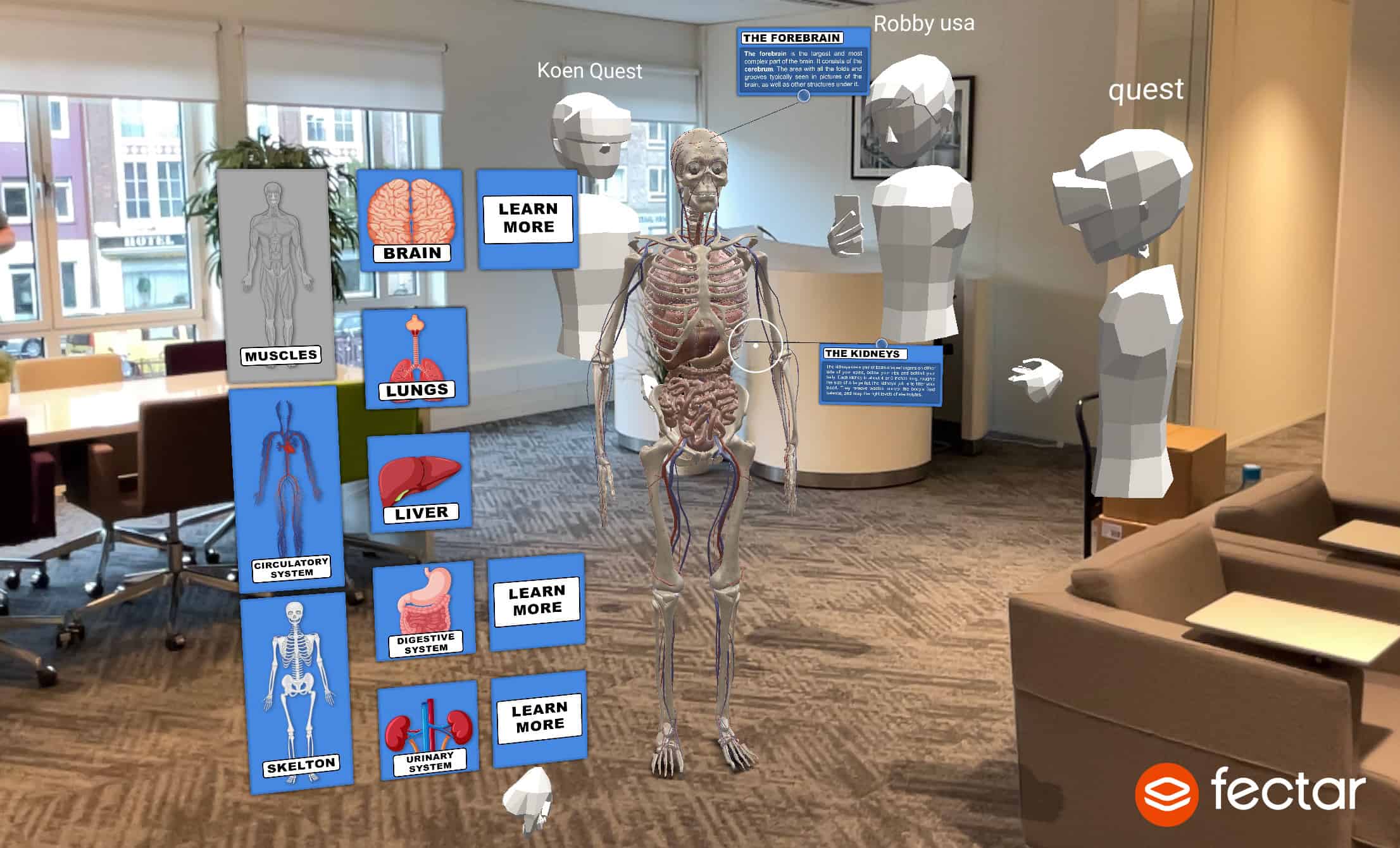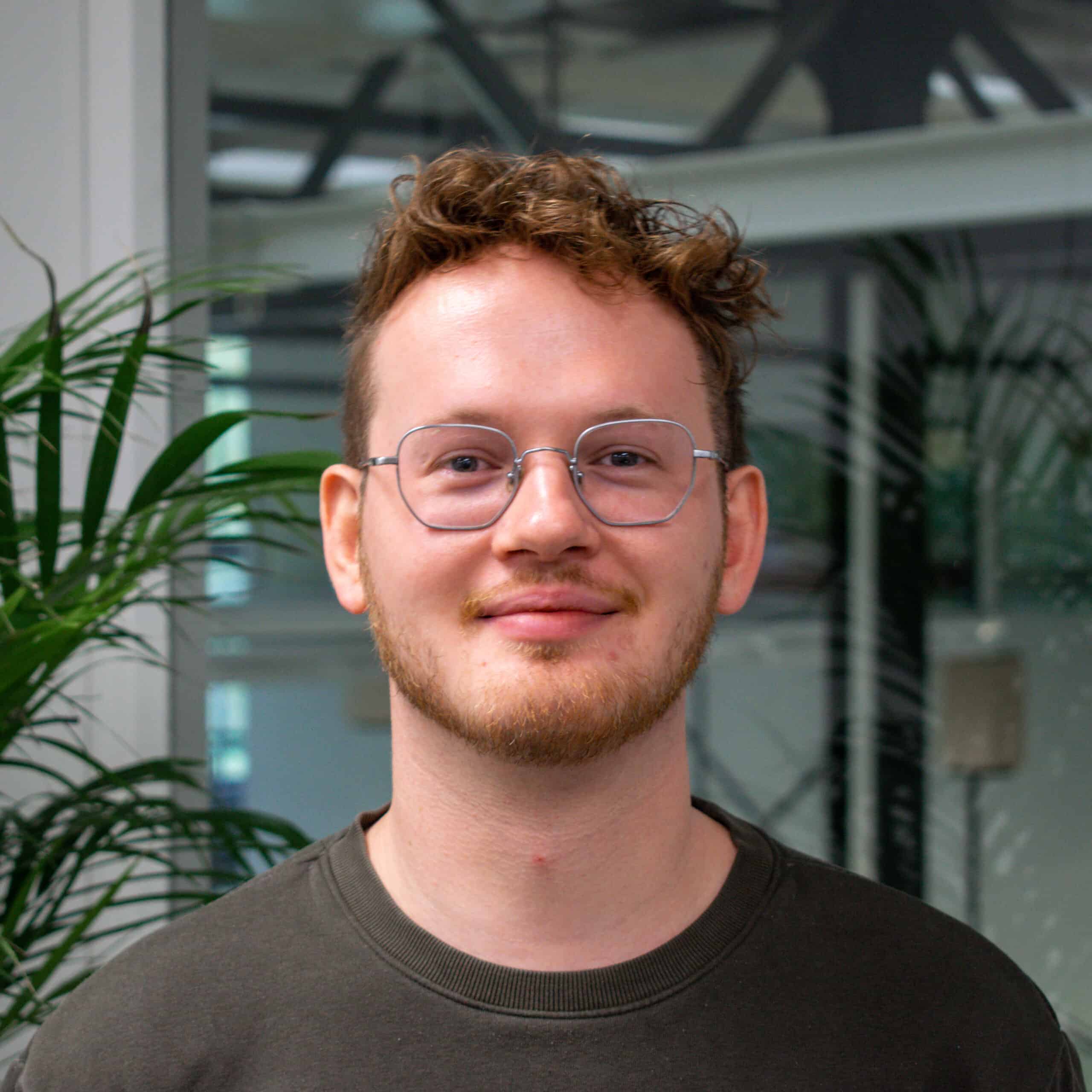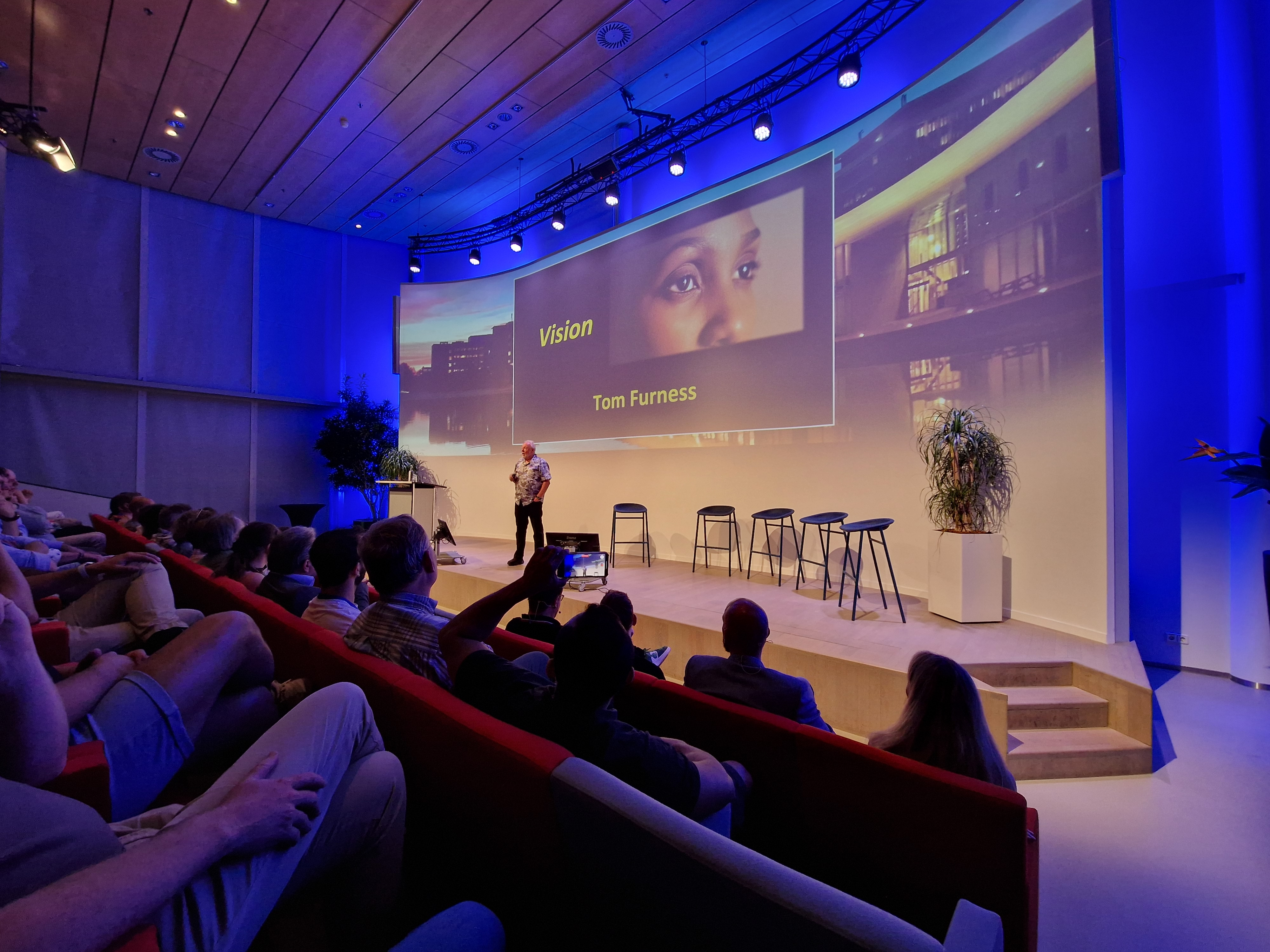
About Fectar
- Founders: Eugène Kuipers & Rens Lensvelt
- Founded in: 2018
- Employees: 11
- Money raised: Between one and five million euros
- Ultimate goal: Reach fifty million app users
There is almost no product left in this world that has not been designed in 3D. These 3D files are sent to a factory and that tends to be the end of them. Whereas basically they could last the whole life cycle of a product. Eugène Kuipers is co-founder of the virtual reality (VR) and augmented reality (AR) content management system Fectar. He is convinced that such designs can also be used in other ways. E.g., to provide an online shopping experience or to train new staff.
Kuipers hopes companies will become more and more aware of this. In fact, that seems to be what is happening. In this instalment of start-up of the day, he talks to us about his fast-growing platform, scammers from Dubai and the capabilities that VR and AR offer companies.
What is Fectar?
“Fectar is a content management system for VR and AR. You could call it the WordPress of AR and VR. You can create your own interactive 3D presentations without any need for programming. Fectar is made up of two parts: the studio that lets you build something, and the app that lets you view everything. Fectar apps are available for mobile phones as well as VR and AR glasses. We also have AR View, which is a white-label plugin. So if you already have a pre-existing app and you would like to use AR with it, you can do that as well. It actually works the same as it used to do with Flash. You only have to install it once and then you never need to do anything else with it again. We currently have a few hundred customers and over six million downloads worldwide.”
How did you come up with the idea?
“I have been busy working with AR since 2011. Before that, I had an e-learning company that offered online courses. I still find that the Internet lacks a real user experience. You can upgrade it with colors and clips, but it’s still just a flat screen. AR is really something different. I could see that the technology was only really ready to be adopted on this scale back in 2018. At the time I was working with co-founder Rens Lensvelt on Microsoft’s AR glasses, the Hololens. A lot of companies were buying these kinds of expensive glasses. But if you went back there a year later, they were only running Microsoft demos. Actually developing something yourself just turned out to be difficult.
Then we got the idea to build a content management system for these AR glasses. Rens (co-founder Fectar) then said that it might also be able to run on smartphones if we took a different approach. A week later, he came up with the first proof-of-concept for Fectar. We went on to gain a lot of experience at trade fairs and conferences, but it became clear that people were not quite ready for VR and AR. So we then proceeded to develop it further with a team of five. We eventually launched the platform in early 2020.”

You then grew very quickly over the space of two years. How did that go?
“During the first Corona lockdown in April 2020, I made a video with Fectar of a yellow 3D McLaren car, which I parked on my street at home in 3D. I posted that clip on Instagram. We scored 20,000 installations of the app within 48 hours. That was incredible. It happened not just on Instagram, but also on other social media with other subjects than cars. Now our users are all over the world in more than 200 countries. We have close to one million downloads of the app in India and even a user base in Ghana.
We focus on three markets: education, industry and retail. The biggest change globally is going to take place in that last market. We are still kind of in the period now where people are placing a car in their room for fun, for example. But a year from now, you’ll be putting a refrigerator in your home just to check it out before you go ahead and buy it online. Meanwhile, people are expecting companies to adopt AR and VR more and more because they are familiar with the technology themselves. We are also now working on a project to train children in Ukraine to recognize unexploded military ammo. This way, we are also really doing something that has a social impact.”

Was it difficult to attract investments?
“Yes, frankly it was. In the Netherlands, there are so many parties who say they are investors, but in reality they are bankers or financiers. It is only when you can show that you already have a profitable business up and running that they’ll line up for you. That’s not a case of investing, that’s financing. That’s just not how it works with start-ups and scale-ups. I found that really disappointing in the Netherlands. I financed the start-up myself. When so many users joined, more investors got on board. We are now also working on the next growth phase.
I was also in contact with several major American parties to look for investment. However, at that time we were already in negotiations with a party from Dubai for a ten million dollar investment. That turned out to be a bunch of fraudsters. Which was a bit of a shock.
Luckily, we caught on just in time. But unfortunately those American investors had already left by then. Because when an American company approaches you, you have to bite right away, not wait weeks. Then they simply won’t answer the phone. Nevertheless, Fectar continued to grow and we eventually managed to get new investors fairly quickly.”

What makes your product better than what’s already out there on the market?
“We use the iPhone 6s and the Samsung S7 as our reference devices: everything we build must at least be able to work on these devices. Consequently; we have a vast potential user base of 2.4 billion smartphones around the world. That also makes our platform “any place, any time, on any device.” It also allows you to collaborate with multiple users, both in AR and VR. You then just see each other’s avatar floating around in the 3D environment in the Fectar app on your mobile and you can talk to each other and point things out. No one else at all offers that ability to work together in VR and AR.”
What is your ultimate goal?
“We want to reach fifty million users. From that point on, we really matter. We also have user-activity tracking that is not traceable to any individual, but it does capture how people move in new AR scenes. For example, we are able to see walking routes and how often and how long users look at something.
A great deal is going to change over the next five to ten years as we have new interfaces where we are able to communicate in new ways. We just don’t know what the best way is yet. We hope our data is going to help with that as well. I anticipate that in three years’ time, virtual reality will have a definite place in online shopping. That is our goal. You dream of being able to grow so fast with a start-up, but if you had told me beforehand that it would go so fast, I probably would have thought you were being naive. It really is an extraordinary thing to experience.”







